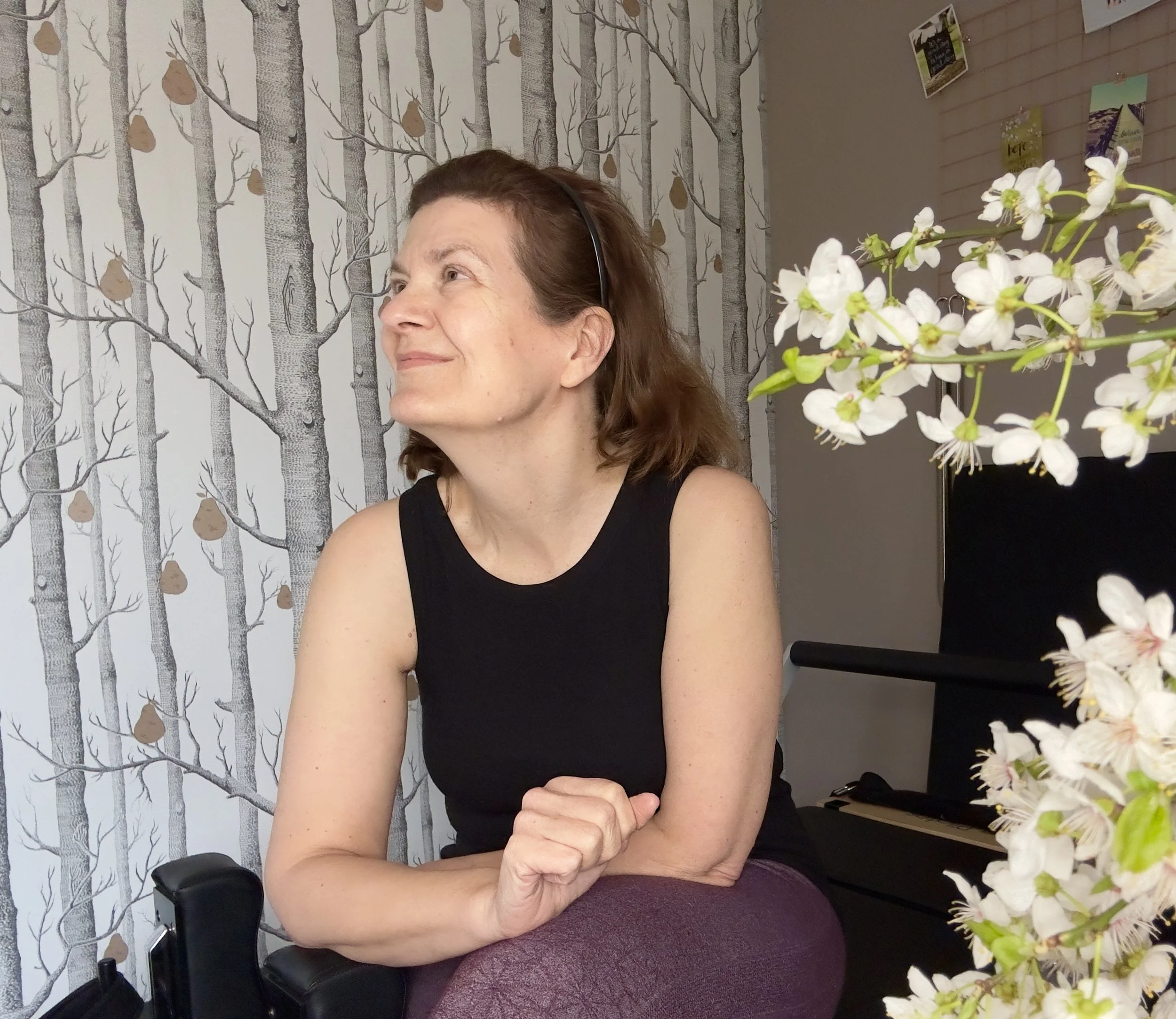The Long Exhale…finding a state of calm through the Vagus nerve
One of my favourite teaching cues in my Pilates practice is ‘Let’s take a long exhale’…..
It helps bring the client to a place of relaxation, and in turn, helps them to be more mindful in their movement and have a positive movement experience overall. My teaching style (and I’ve been told my demeanour) is calm, and for me, (and my clients) it’s more effective than a ‘go for it’ HIIT style approach (more on that in another post)!
Image courtesy of Unsplash
So, what is the science behind the cue?
Well the Vagus nerve, officially the tenth cranial nerve, (or the CN X) is the longest of the cranial nerves. It’s known as the ‘Wandering nerve’, in part, because of its length, but also because it innervates (enters) several different organs of the body, including the heart, the lungs, the digestive tract and stomach and the liver. In this regard, it’s also known as the ‘information super highway’; as it consists of both sensory and motor fibres, it communicates a flow of information from the brain to the organs and vice versa. (It’s also worth noting, that whilst we talk about it in a singular fashion, it’s actually a pair of nerves emerging from the right and left side of the brain stem) (1).
The Vagus nerve is key in regulating the autonomic nervous system. This system comprises both sympathetic and parasympathetic modes, orchestrating the body’s response to a certain situation. Sympathetic mode will have you ‘ready for action’ (think a quicker heart beat, more blood to the muscles to allow you to run away from danger), whereas parasympathetic mode allows you to ‘rest and digest’.
So, how can something so simple as breath work help us relax? Well, at the heart of ‘the long exhale’ is the stimulation of the Vagus nerve through its connection to the sinoatrial node (SA) in the heart. The nerve releases acetylcholine, a neuro chemical, which binds to receptors in the SA node, and slows down the heart rate. This is a key aspect of the parasympathetic state (and why a mindful practice can help reduce blood pressure) (2)
Studies have shown that “mindful practices can improve patients’ skill to tolerate negative emotional states by emotion regulation, and concluded that a mindfulness practice alleviated stress and blood pressure’ (2)
In addition to the benefits to the heart, the parasympathetic state has other beneficial effects. As the nerve also extends into the digestive tract, acetylcholine relaxes the smooth muscle of the gastrointestinal tract, and promotes gastric secretion. This is why your stomach ‘gurgles’ in a class – it’s a sign that you’re in a relaxed state and your digestive juices are doing as they are supposed to, so embrace it! (It also makes sense that if you’re always in a ‘stressed’ state, then there are likely to be gastrointestinal issues down the line)…..
So, in essence, the practice of a ‘Long Exhale’ engages the intricate network of the Vagus nerve, triggering a number of physiological responses that help us access our parasympathetic state.
There’s an interplay of breath, nervous system regulation and overall well-being at play. You can do it any time, but why not start in your Pilates practice?
Try the ‘Long Exhale’ next time you’re on the mat.
Sarah in the Pilates Studio
(1) Physiopedia Vagus Nerve. Available at http://www.physio-pedia.com/Vagus_nerve. Accessed 01/02/2024
(2) Babak A, Motamedi N, Mousavi SZ, Ghasemi Darestani N. Effects of Mindfulness-Based Stress Reduction on Blood Pressure, Mental Health, and Quality of Life in Hypertensive Adult Women: A Randomized Clinical Trial Study. J Teh Univ Heart Ctr 2022;17(3):127-133.



